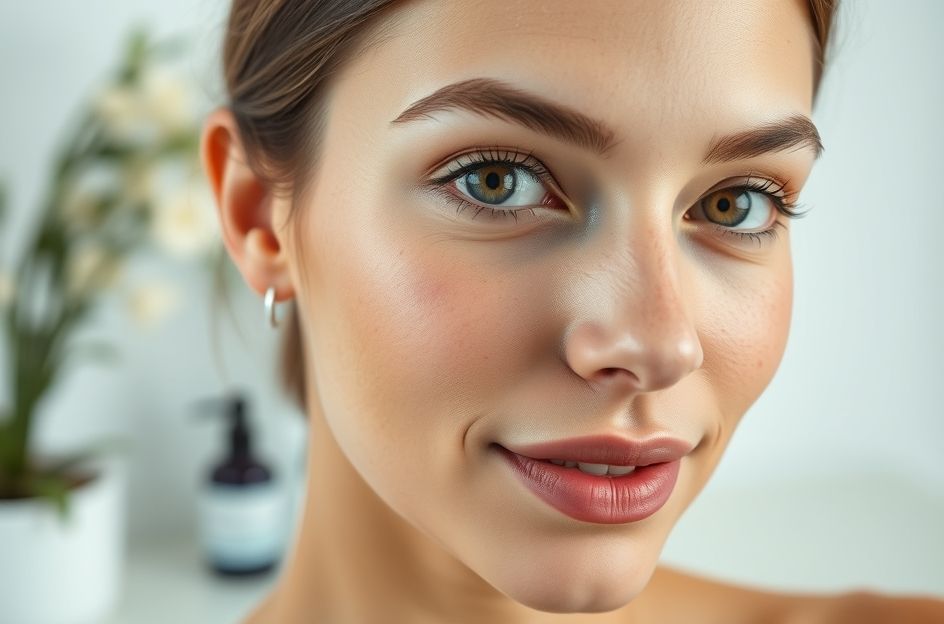Many believe acne is a problem exclusive to adolescence, but it commonly affects adults as well. It is estimated that acne impacts 25% of adult men and 50% of adult women at some point. Understanding the causes and available treatments is crucial for managing this condition.
Acne lesions, known as comedones, form when pores become clogged with oil, dead skin cells, and keratin. Open comedones are blackheads, while closed ones are whiteheads. If a whitehead ruptures, it can cause inflammation, redness, infection, and cysts.
Contrary to popular belief, acne is not solely caused by poor hygiene. Instead, a combination of factors such as excess oil production, clogged pores, and bacterial infection contribute to its development. Over-washing the face can actually exacerbate the problem; gentle cleansing twice daily is typically sufficient.
Treatment options for adult acne range from in-office procedures to over-the-counter products. Attempting to extract pimples at home can lead to infection and scarring, while dermatologists utilize sterile instruments to minimize these risks.
The market offers a wide array of acne treatments, making it challenging to choose the most suitable one. Topical retinoids, derived from vitamin A, have revolutionized acne treatment by reducing irritation. Other treatments target different aspects of acne development and are often used in combination. These include:
* Azelaic acid cream
* Benzoyl peroxide
* Alpha-hydroxy acids (lactic, glycolic, and gluconic acid)
* Antibiotic pills (use with caution due to antibiotic resistance)
* Topical antibiotics (gels, lotions, and solutions)
* Contraceptive pills for women
* Isotretinoin (Accutane or Sotret) for severe acne
Isotretinoin carries a risk of severe side effects, including birth defects. Women using these medications must use reliable contraception. Despite the potential side effects, Isotretinoin remains a highly effective treatment for severe acne.
